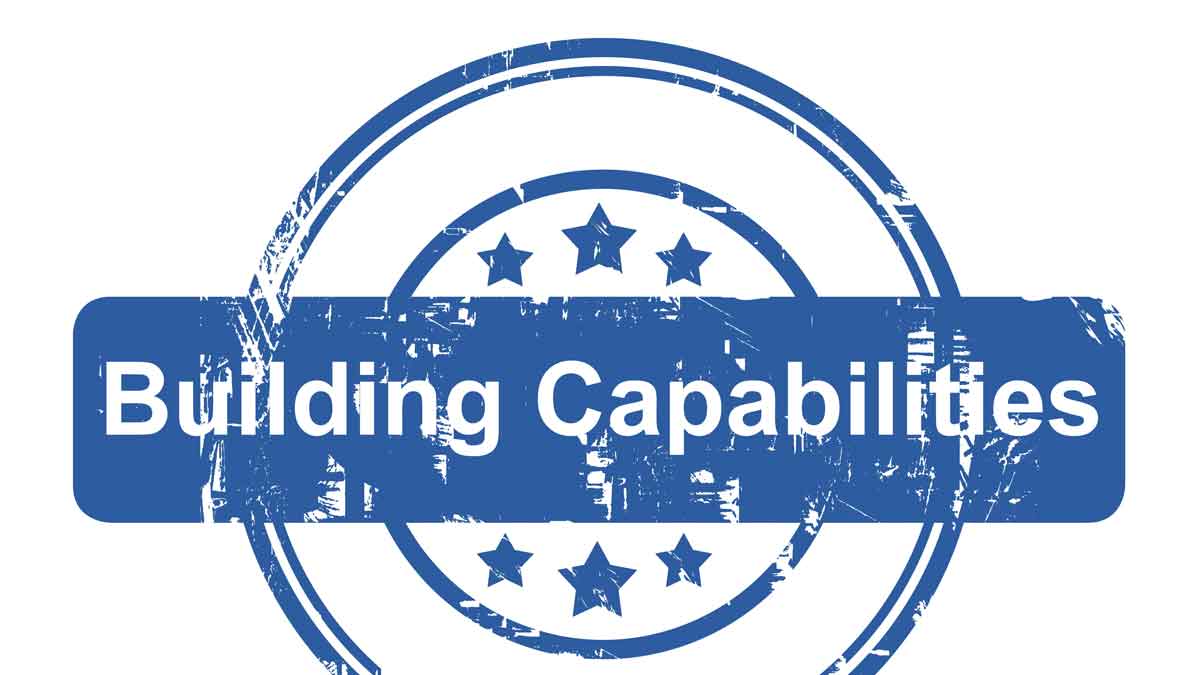If you’re dragging in your list of questions and the customer feels they’re doing you a favor… it’s supplier-led. But if you keep the scope broad enough to interest them, let them lead you to what interests them, and help them think deeply through attentive probing… it’s customer-led. It’s also much more effective.
More in article, The Best Customer Interviews Use a Digital Projector (Originally published in B2B Organic Growth newsletter).
And that’s the point, isn’t it? If we just try to develop the products our customers ask everyone for, and we haven’t cornered the market on R&D genius, we’ll keep struggling with differentiation. But if we intentionally expose ourselves to unexpected information—that our competitors lack—we’ll create more significant, protectable value.
More in article, Do You Really Interview Customers?
Your new product development should start where it ends: with the customer. When you take your “pride and joy” hypothesis to customers and ask their opinion, two bad things can happen: 1) They tell you what they think you want to hear. 2) You hear what you want to hear. Start by uncovering their needs, not testing your pre-conceived notions.
More in article, Give your Hypothesis the “Silent Treatment (Originally published in B2B Organic Growth).
It’s much more likely you don’t know how to ask them. B2C customers can seldom describe what will entertain them or boost their self-esteem. But B2B customers are knowledgeable, interested, and objective. They may not know the solutions, but they do know their desired end-results. You’ll learn this when you learn how to ask.
More in e-book, Reinventing VOC for B2B (page 15).
One of our best innovations started as an experiment. In 2004 I projected my notes during a customer interview. The customer loved it, the meeting went far longer than expected, and we haven’t looked back since. Sure, customers can correct your notes this way, but our biggest discovery was that customers own what they create and can see.
Read more in the article, The Best Customer Interviews Use a Digital Projector (Originally published in B2B Organic Growth newsletter).
Do you know if your company is improving key capabilities? Understanding customers’ needs, assessing competitive alternatives, creating data-driven value propositions, etc.? A race team that just counts wins—instead of pit crew times and engine torque—stops winning. Understand the capabilities that drive innovation and start measuring them.
Read more in the article, 3 Problems with Innovation Metrics (Originally published in B2B Organic Growth newsletter).
If you manage one new-product project, it seems less risky to develop a “me-too.” But if you manage a business brimming with “me-too” and incremental new products, you’ll slide into commoditization with its death spiral. Very risky. So make sure your portfolio has enough products that will deliver significant value to your customers.
Read more in this free white paper, Innovating in Unfamiliar Markets (page 3).
Lean Startup methodology refers to “Leap of Faith Assumptions,” and recommends testing assumptions with customers at the first opportunity. For B2B, this “first opportunity” to learn comes before a prototype is created… through VOC interviews to mine the foresight of knowledgeable customers. Don’t miss this B2B adjustment to Lean Startup.
Read more in this white paper, Lean Startup for B2B (page 6).
Avoid “technology push.” But should you just leave your technology quivering on the lab bench? Hardly. Conduct customer interviews without mentioning your technology. If customer outcomes match your technology… wonderful! Otherwise, look for different technology (for this market), or look for another market (for this technology).
More in article, Should You Develop New Products like Steve Jobs? (Originally published in B2B Organic Growth newsletter).
Companies that want differentiated products often behave the same as competitors. They can’t say, “Our R&D staff is 20% smarter than competitors’, so our products usually win.” But they could win by understanding customer needs better than competitors… letting them “aim” their R&D brainpower much better. Be different to differentiate.
More in article, Do You Really Interview Customers?
Here’s the logic: You want profitable, sustainable growth. The only way to achieve this growth is through customer value creation. And all value creation comes from improving important, unmet customer outcomes. So, the better you understand customer outcomes, the better your growth can be. Are you doing this better than competitors?
More in white paper, Catch the Innovation Wave (page 9).
Skip qualitative divergent interviews and you’ll fail to uncover unexpected customer outcomes. You simply don’t know what you don’t know. Overlook quantitative, convergent interviews and you’ll fail to tightly focus R&D on those outcomes customers deem important and unsatisfied… the only ones worthy of a price premium.
More in white paper, Timing is Everything (page 8).
Technology development is science-facing and converts money into knowledge. Product development is market-facing and converts knowledge back into money. Both are critical, but don’t confuse them. And never do any product development until you have quantified, unbiased, unfiltered data on customer needs.
More in white paper, Timing is Everything (page 6).
When recruiting John Sculley from Pepsi, Steve Jobs asked, “Do you want to sell sugar water the rest of your life, or do you want to come with me and change the world?” Most employees paid no attention to your last quarter’s earnings-per-share. But they’ll tell their grandkids how their new product turned an industry upside-down.
More in article, Why Maximizing Shareholder Value is a Flawed Goal (Originally published in B2B Organic Growth).













